Redis fixes 13-year CVSS 10 flaw allowing Lua script-based remote code execution in all versions.
Get the latest international news and world events from around the world.
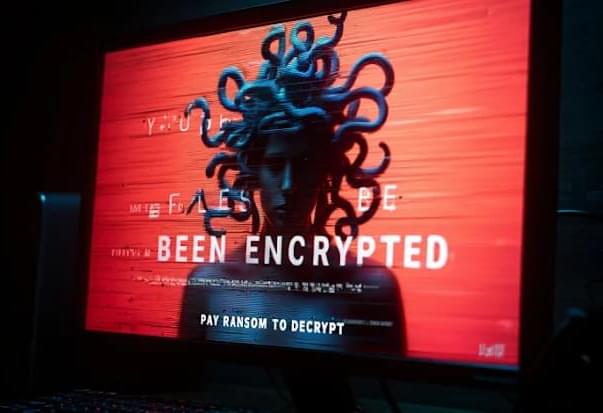

Google won’t fix new ASCII smuggling attack in Gemini
Google has decided not to fix a new ASCII smuggling attack in Gemini that could be used to trick the AI assistant into providing users with fake information, alter the model’s behavior, and silently poison its data.
ASCII smuggling is an attack where special characters from the Tags Unicode block are used to introduce payloads that are invisible to users but can still be detected and processed by large-language models (LLMs).
It’s similar to other attacks that researchers presented recently against Google Gemini, which all exploit a gap between what users see and what machines read, like performing CSS manipulation or exploiting GUI limitations.
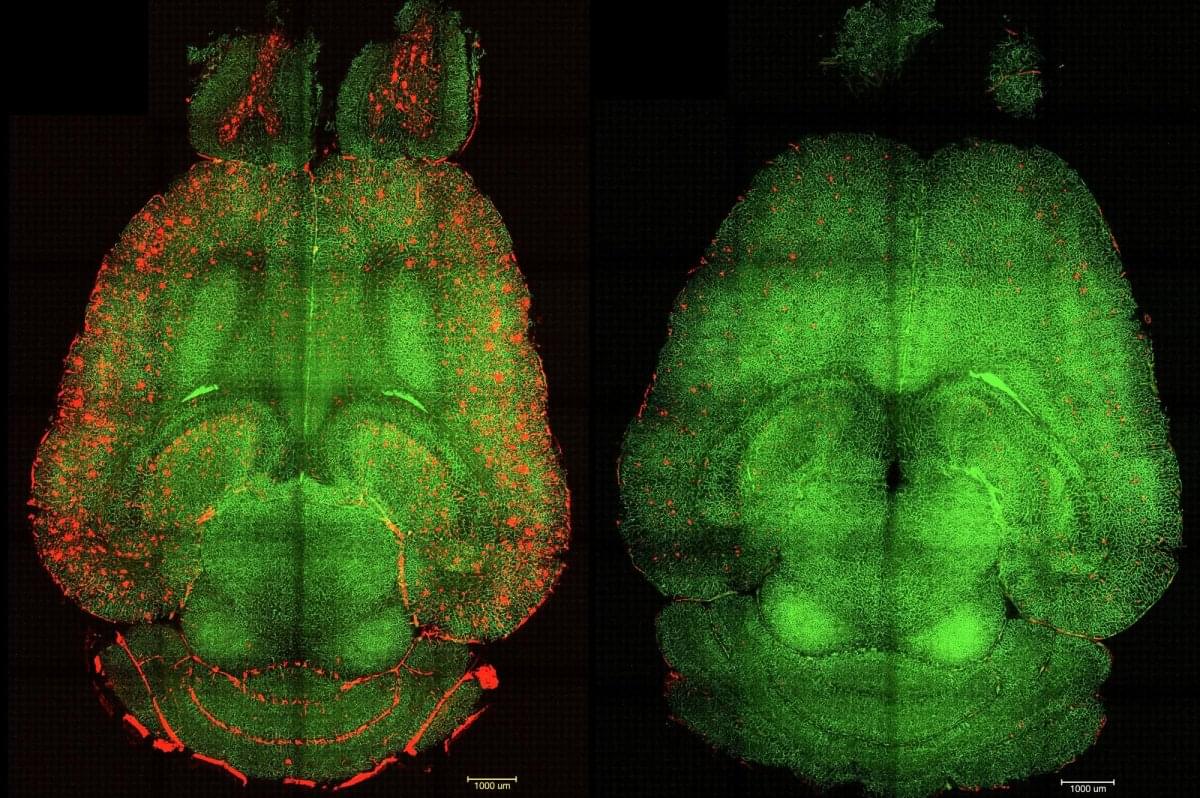

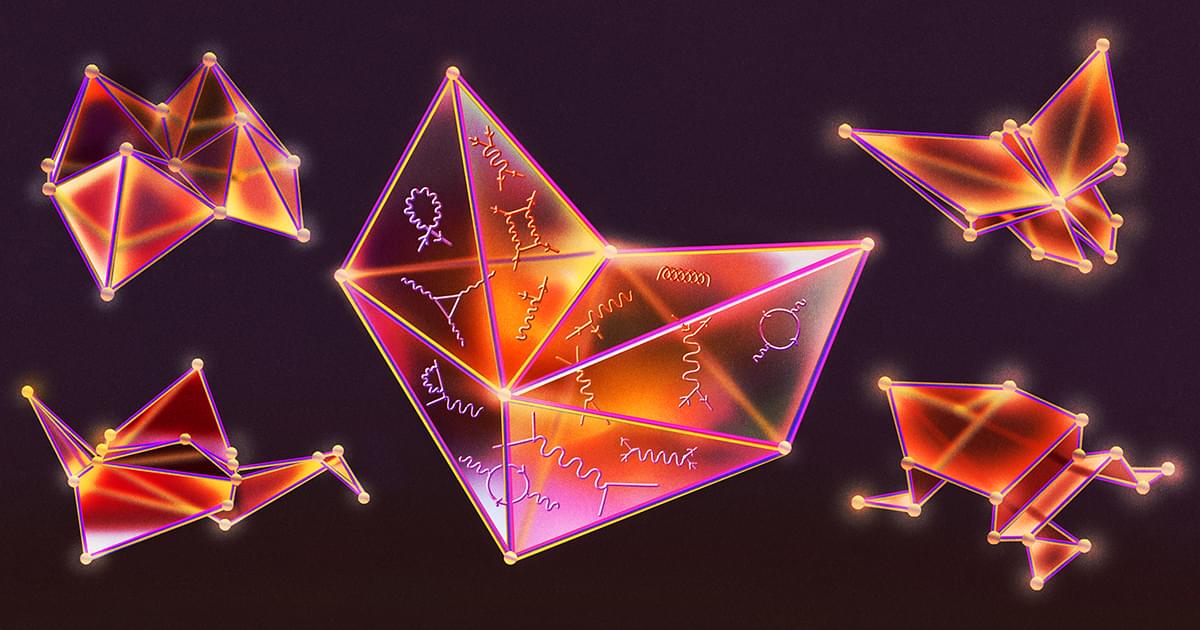
Origami Patterns Solve a Major Physics Riddle
The amplituhedron is a geometric shape with an almost mystical quality: Compute its volume, and you get the answer to a central calculation in physics about how particles interact.
Now, a young mathematician at Cornell University named Pavel (Pasha) Galashin has found that the amplituhedron is also mysteriously connected to another completely unrelated subject: origami, the art of paper folding. In a proof posted in October 2024, he showed that patterns that arise in origami can be translated into a set of points that together form the amplituhedron. Somehow, the way paper folds and the way particles collide produce the same geometric shape.
“Pasha has done some brilliant work related to the amplituhedron before,” said Nima Arkani-Hamed, a physicist at the Institute for Advanced Study who introduced the amplituhedron in 2013 with his graduate student at the time, Jaroslav Trnka. “But this is next-level stuff for me.”
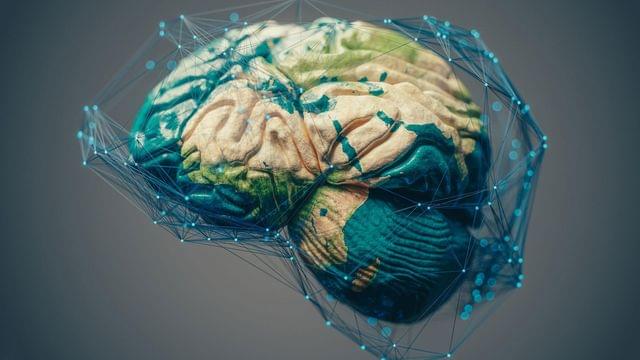
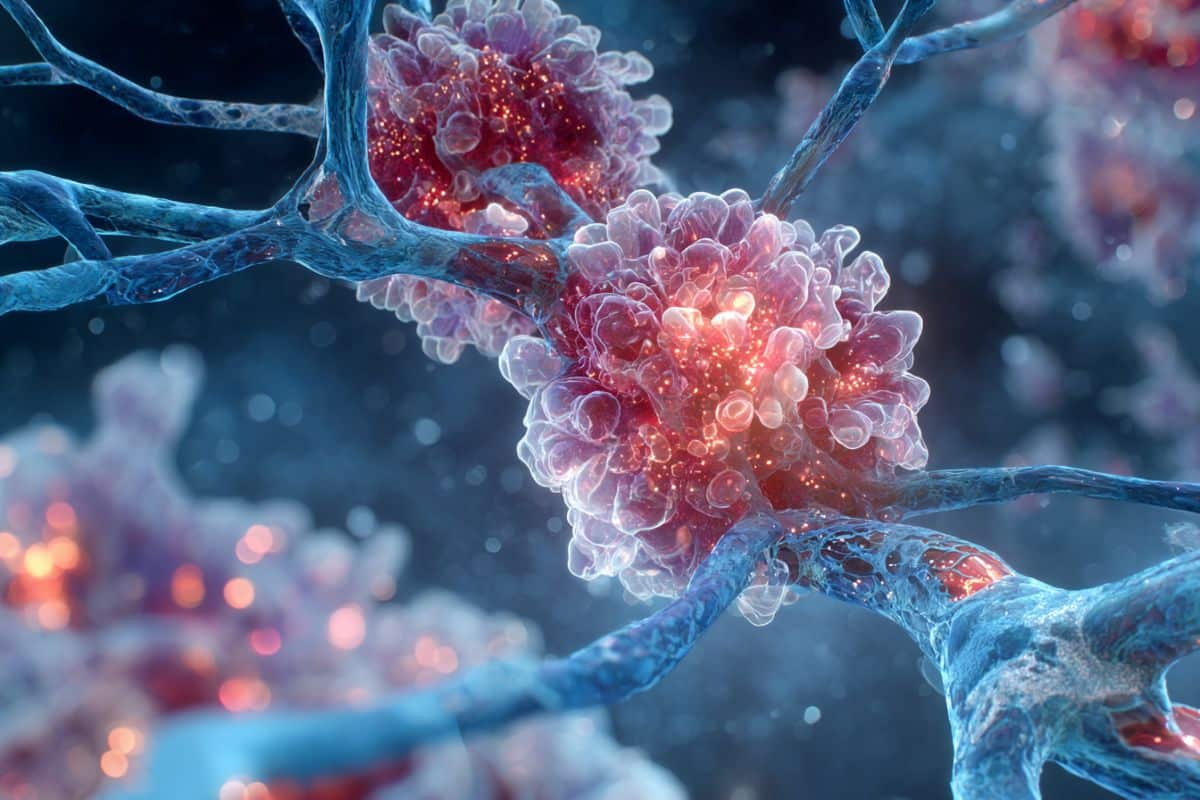
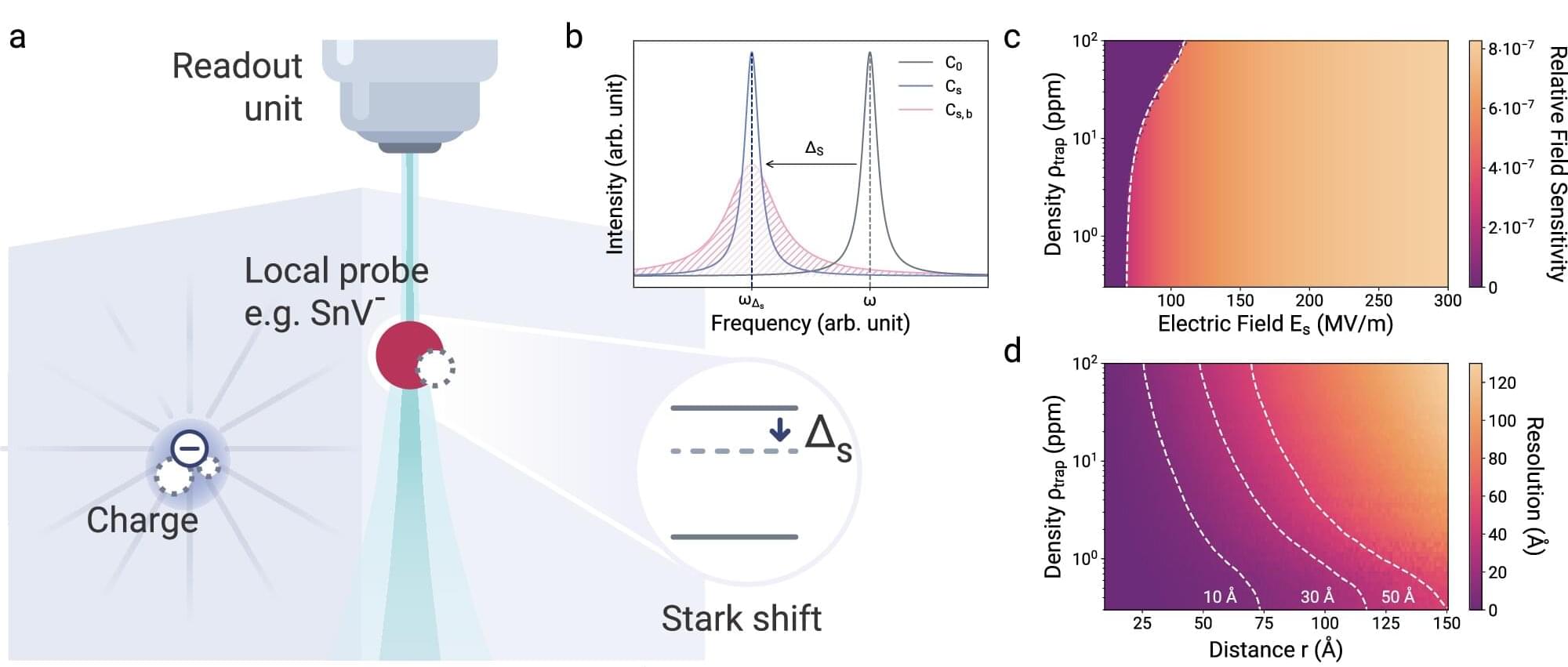
Physicists develop new quantum sensor at the atomic lattice scale
From computer chips to quantum dots—technological platforms were only made possible thanks to a detailed understanding of the used solid-state materials, such as silicon or more complex semiconductor materials. This understanding also includes being able to identify and control irregularities in the crystal lattice of such materials.
If, for example, an atom is missing in the lattice structure of the crystals, a single electron and thus an electric charge can become trapped there. Such charge traps generate electromagnetic noise that limits the functionality of these materials. However, it is extremely difficult to locate these charge traps on an atomic scale.
Researchers from the “Integrated Quantum Photonics” group at the Department of Physics at Humboldt-Universität zu Berlin (HU) and the “Joint Lab Diamond Nanophotonics” at the Ferdinand-Braun-Institut, led by Prof. Dr. Tim Schröder, have developed a new sensor that can detect such individual electrical charges more precisely than ever before.
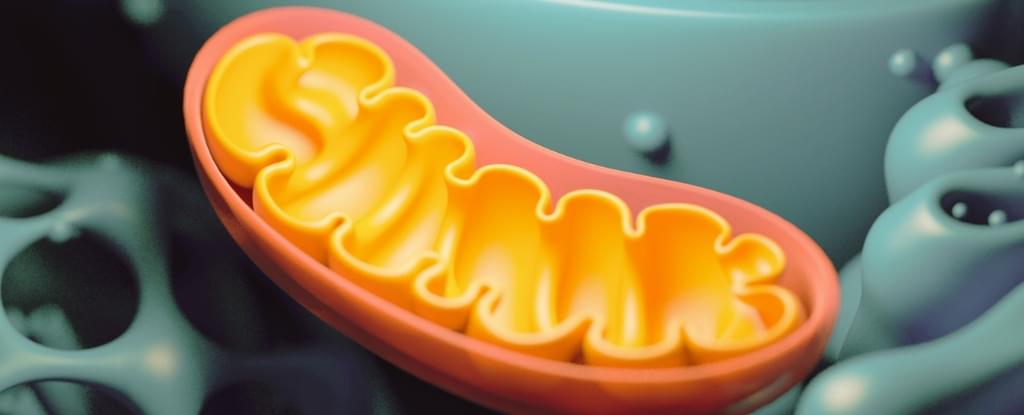
Mitochondria Dump Their Rubbish DNA, And It Could Be Costing Us Our Health
Researchers have discovered a key molecular process that may contribute to chronic inflammation as we age. If this process can be accurately targeted, it could unlock ways to stay healthier in our later years.
The discovery centers on the unique strands of DNA contained within our mitochondria, the power stations of our cells. By banishing their ‘mtDNA’ into the surrounding cytoplasm, mitochondria can cause inflammation. Yet just how or why this happens has never been well understood.
In this study, researchers led by a team from the Max Planck Institute for Biology of Ageing in Germany analyzed tissue samples from humans and test animals, using mice genetically engineered to be models of aging and disease.